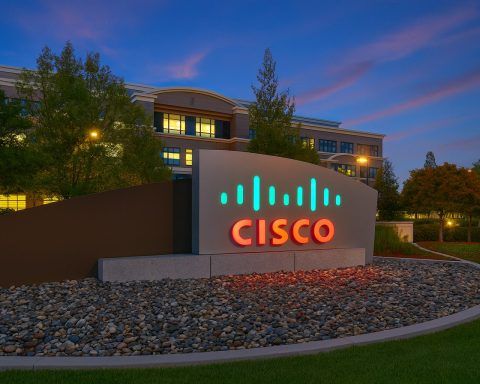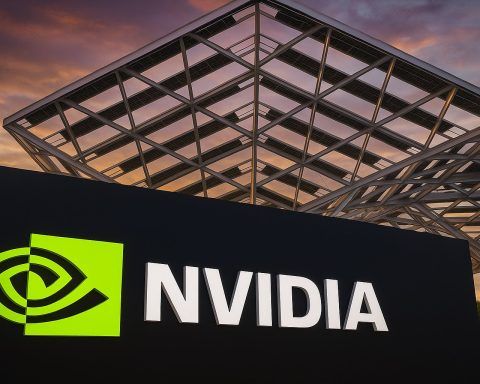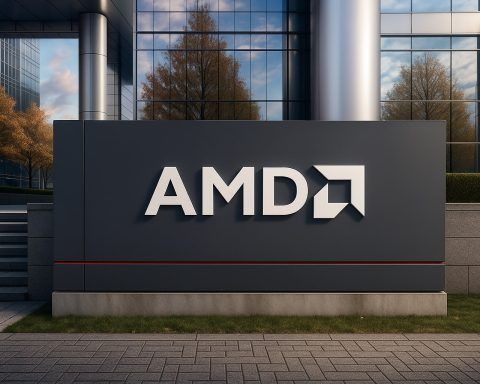Beijing — November 13, 2025 — Updated same day
Baidu used its annual Baidu World conference in Beijing to roll out two homegrown AI processors, a fresh generation of its ERNIE model, and a new class of supernode systems designed to stitch thousands of accelerators together—moves aimed at hardening China’s AI stack against tightening export controls and spiraling compute costs. [1]
The hardware: Kunlunxin M100 and M300
At the center of today’s announcements are two in‑house semiconductors from Baidu’s Kunlunxin unit:
- M100 — optimized for inference, slated for early 2026 availability.
- M300 — capable of both training and inference, targeted for early 2027.
Baidu framed the chips as “powerful, low‑cost, and domestically controlled” compute to serve Chinese enterprises that have struggled to secure advanced foreign GPUs under U.S. curbs. [2]
Local press and industry trackers added technical color: M100 is designed to boost efficiency for mixture‑of‑experts style models, while M300 is pitched at ultra‑large multimodal training regimes. [3]
Supernodes to scale: ‘Tianchi 256’ and ‘Tianchi 512’
Baidu also introduced Tianchi supernodes—factory‑built clusters that network hundreds of chips into a unified AI computer:
- Tianchi 256: a system using 256 third‑generation P800 Kunlun chips, planned for 1H 2026.
- Tianchi 512: a 512‑chip variant slated for 2H 2026.
The supernodes are designed to offset single‑chip constraints with high‑bandwidth interconnects and system‑level optimization. The approach mirrors broader shifts in China’s AI infrastructure, where vendors emphasize large, tightly integrated clusters over ever‑bigger individual dies. [4]
The P800 lineage already underpins a 30,000‑chip Baidu cluster, “illuminated” earlier this year to train foundation models with hundreds of billions of parameters—an indicator that the company can deploy these systems at national scale. [5]
The model: ERNIE 5.0 goes “natively omni‑modal”
On the software side, Baidu unveiled ERNIE 5.0, described by founder Robin Li as “natively omni‑modal”—built to understand and respond across text, image, and video from the ground up, rather than bolting modalities on top of a text‑first core. The showcase took place during Baidu’s biggest annual tech event in Beijing. [6]
Reuters’ readout of the launch likewise noted that the new ERNIE version expands beyond text to image and video analysis—aligning the model with an industry pivot toward agents that can perceive, reason, and act across multiple data types. [7]
Benchmarks and the state of play
Ahead of today’s event, AI News reported that a recent ERNIE 4.5 multimodal variant—ERNIE‑4.5‑VL‑28B‑A3B‑Thinking—posted competitive scores against peers on select visual benchmarks (e.g., MathVista, ChartQA, and VLMs Are Blind) while activating a relatively small slice of parameters at inference time to cut costs. As always, third‑party validation and task‑specific testing matter, but the numbers hint at Baidu’s growing multimodal competence. [8]
Why it matters
- Supply resilience: With U.S. export controls constraining access to top‑tier foreign GPUs, a credible domestic roadmap (M100 → M300 → Tianchi) gives Chinese developers a path to scale without relying on gray‑market channels. [9]
- System‑level competition: Baidu’s supernode strategy echoes an industry shift toward pre‑engineered clusters as the real unit of performance—where networking, memory, and software stacks are as decisive as raw FLOPS. [10]
- Modal intelligence: ERNIE 5.0’s positioning as “natively multimodal” aligns with where enterprise demand is heading—machines that read documents, watch videos, parse diagrams, and then take action inside business systems. [11]
Key dates and availability
- Today (Nov 13, 2025): Announcements made at Baidu World 2025 in Beijing (theme: AI in Action). [12]
- 1H 2026:Tianchi 256 ships; M100 targeted for early 2026. [13]
- 2H 2026:Tianchi 512 ships. [14]
- Early 2027:M300 availability. [15]
Bottom line
Baidu is fusing domestic silicon (M100/M300), pre‑built compute (Tianchi), and a multimodal foundation model (ERNIE 5.0) into a vertically integrated stack. If the company hits its shipping windows and sustains quality at scale, China’s AI industry will have a clearer, homegrown upgrade path through 2026–2027—one less dependent on overseas supply and better tuned for multimodal, agentic workloads. [16]
Reporting based on Bloomberg’s event coverage, Reuters’ launch details, Baidu’s investor relations notice, and independent model‑benchmark reporting by AI News. [17]
References
1. www.reuters.com, 2. www.reuters.com, 3. www.scmp.com, 4. www.reuters.com, 5. www.reuters.com, 6. www.bloomberg.com, 7. www.reuters.com, 8. www.artificialintelligence-news.com, 9. www.reuters.com, 10. www.reuters.com, 11. www.bloomberg.com, 12. ir.baidu.com, 13. www.reuters.com, 14. www.reuters.com, 15. www.reuters.com, 16. www.reuters.com, 17. www.bloomberg.com










